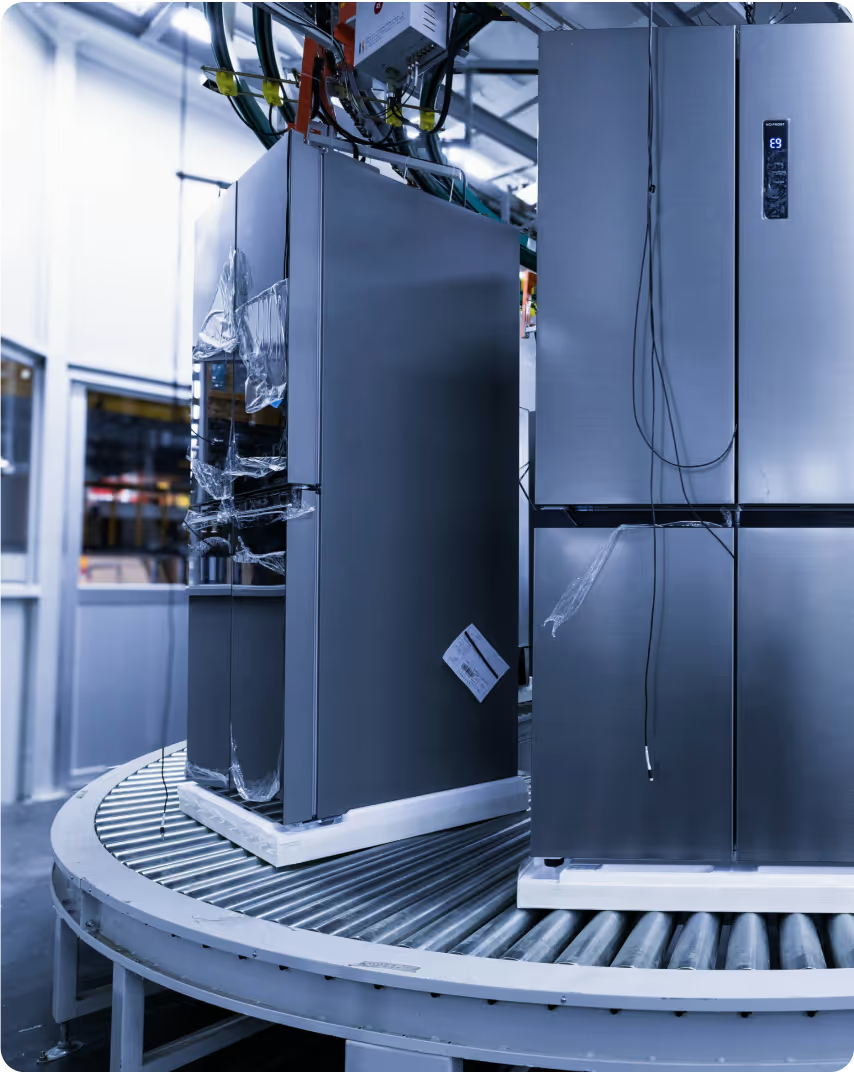Tanso supports medium-sized manufacturers and suppliers in the electronics and electrical equipment sector in building auditable carbon footprints (CCF & PCF), meeting regulatory requirements (CSRD, EU Taxonomy, CBAM), and digitizing their sustainability data.




Tanso is your trusted partner for sustainable ESG data management in the electronics and electrical equipment sector. Our software maps complex supply chains, consolidates carbon data across manufacturing, materials, and suppliers, and enables reliable Scope 3 accounting - laying the foundation for decarbonization and regulatory compliance (CSRD, EU Taxonomy, CBAM).
Tanso customers save time and effort sustainably. Together with our existing customers, we have achieved the following results:
Tanso informs you about EU regulations and sustainable development, provides practical tips and accompanies you on the way to successful reporting.
Implementation, regulatory details, and more. You can find the answers to all of this here.
The number of data points to be recorded varies depending on the company and individual requirements. For medium-sized manufacturing companies, the scope is currently typically around 300 to 400 data points.
The CSRD makes the corporate carbon footprint (CCF) central by obliging companies to disclose their greenhouse gas emissions and document measures to reduce them in order to create transparency regarding climate risks and opportunities.
Internal stakeholders: Employees, executives, management and, if applicable, the Supervisory Board.
External stakeholders: Customers, suppliers, investors, NGOs, political and regulatory actors as well as the local community and environmental organizations.
In the context of the CSRD, the dual materiality assessment considers both the company's impact on the environment and society, as well as the financial risks and opportunities arising from sustainability issues. Material topics must be reported in detail with regard to their sustainability impact and financial relevance.
From 2024: Reporting obligation for companies under the NFRD.
From 2025: Non-capital-market-oriented EU companies that meet two of the criteria (250+ employees, €50M+ turnover, €25M+ balance sheet total).
From 2026: Capital market-oriented companies with two of the criteria (10+ employees, €0.9M+ turnover, €0.45M+ balance sheet total).
From 2028: Companies with €150M+ EU turnover and subsidiaries with €40M+ turnover.